Morning Eye Candy: A Growing Stage
Posted in Photography on April 25 2014, by Matt Newman
The Auricula Theater makes its reappearance in the Herb Garden!
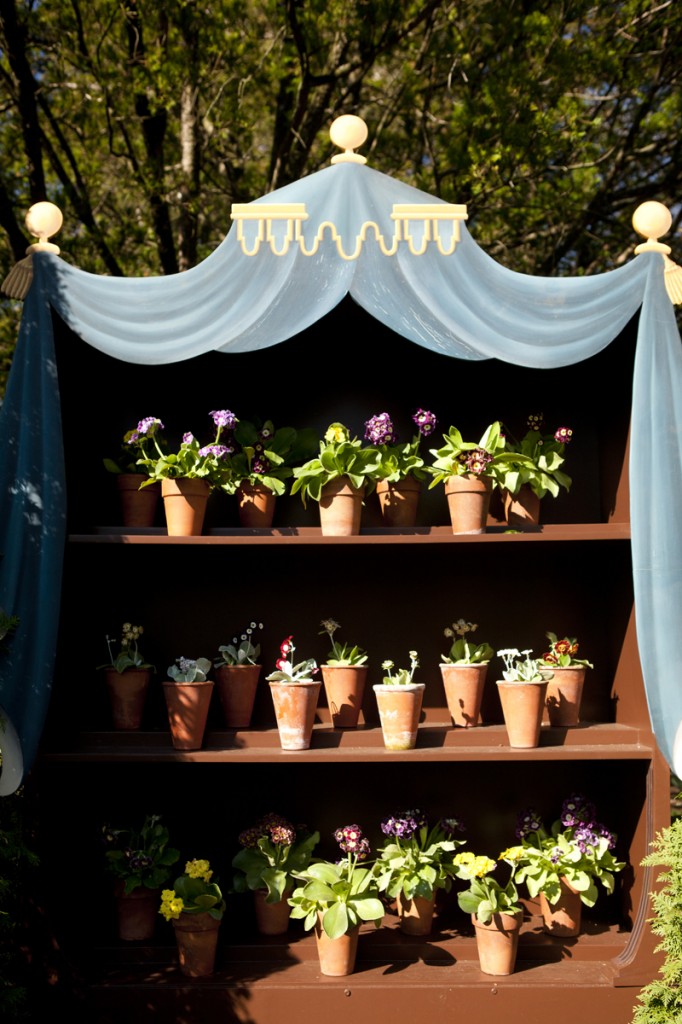
In the Herb Garden – Photo by Ivo M. Vermeulen

Inside The New York Botanical Garden
Posted in Photography on April 25 2014, by Matt Newman
The Auricula Theater makes its reappearance in the Herb Garden!

In the Herb Garden – Photo by Ivo M. Vermeulen
Posted in Adult Education on April 24 2014, by Plant Talk
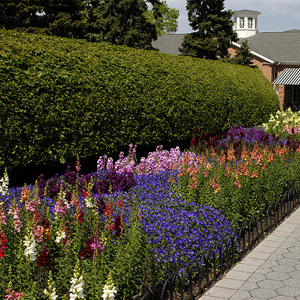 It’s the classic gardener’s dilemma—you want lots of fresh flowers to decorate your home, but you want to keep your landscape flowers intact and beautiful. And the solution is… the cutting garden! This spring, Adult Education puts a fresh twist on the cut flower concept, with two classes that highlight the ever-growing interest in native plants.
It’s the classic gardener’s dilemma—you want lots of fresh flowers to decorate your home, but you want to keep your landscape flowers intact and beautiful. And the solution is… the cutting garden! This spring, Adult Education puts a fresh twist on the cut flower concept, with two classes that highlight the ever-growing interest in native plants.
For an in-depth, practical guide to the best wildflowers and techniques, join Kathleen Salisbury for Native Plants for Cut Flower Gardening (May 17). You’ll learn how to cultivate, cut and condition enough New York ironweed, sweet coneflower, meadow rue, and more to give you beautiful and natural arrangements all season long.
As spring turns to summer, try your hand at Arranging with Summer Wildflowers (June 26). Ken Norman will help you evoke a natural landscape with loose, textured designs using native wildflowers you can find in your own garden or at area farmers’ markets.
Both one-day sessions are presented in memory of Mae L. Wien, and include an inspiring tour through the Garden’s Seasonal Walk, newly designed by Piet Oudolf.
Discover more spring and summer classes at nybg.org/adulted.
Posted in Photography on April 24 2014, by Matt Newman
Viola ‘Penny Orange’ in the Perennial Garden – Photo by Ivo M. Vermeulen
Posted in Gardening Tips on April 23 2014, by Sonia Uyterhoeven
Sonia Uyterhoeven is the NYBG’s Gardener for Public Education.
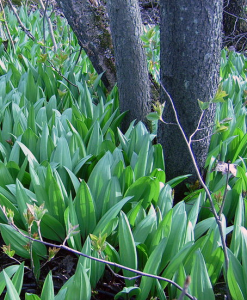
Whether or not you realize it, you have been eating native plants for most of your life. Most of us have enjoyed blueberry muffins or pancakes from a very young age, partaking in one of the northeast’s most commercially successful homegrown natives. But that’s only the most well-known of our local edibles.
If you’re the adventurous type, you may have tried some of the more unusual natives to be found at local farmers markets or high-end grocery stores. The more advanced among you may even have foraged some of your own, though this activity comes with an all-important disclaimer: only do so if you are an expert in plant identification or happen to be accompanied by one. As you will soon see, many of the tastiest native plants have relatives or lookalikes that can be highly poisonous. Having proper identification of these plants in hand will not only help you avoid danger, but keep you from damaging wild populations of protected or threatened plant populations. Further, you should never harvest wild plants unless it’s on your own property or you have explicit permission.
Posted in Photography on April 23 2014, by Matt Newman
The tiny wonders just blooming in the Rock Garden get their own special beds, each one rounded off by dozens of cheering hellebores.
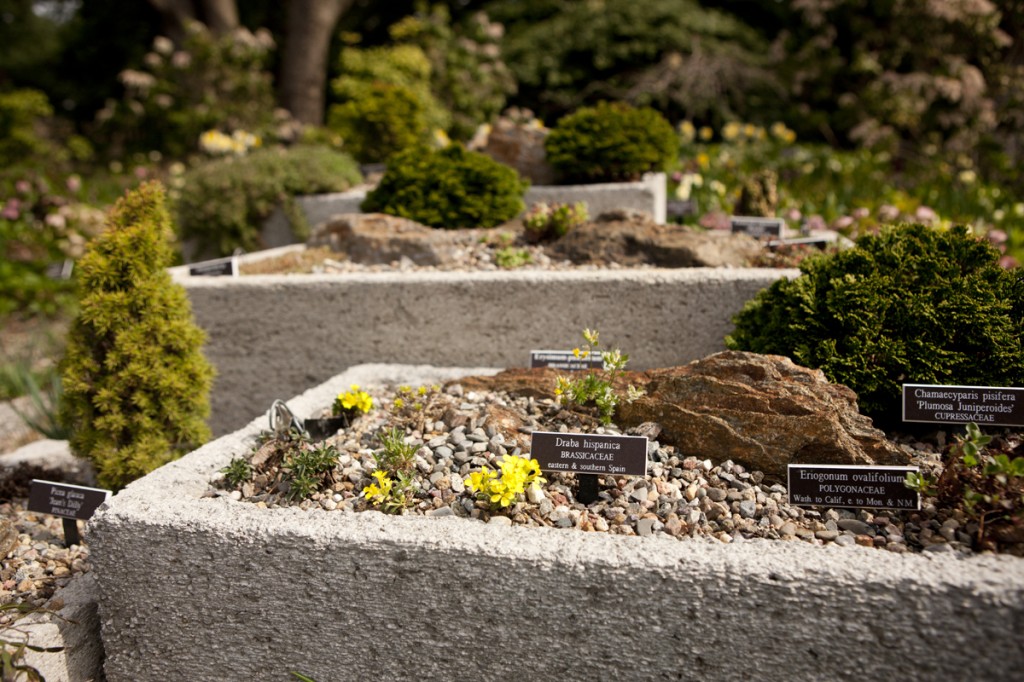
In the Rock Garden – Photo by Ivo M. Vermeulen
Posted in Photography on April 22 2014, by Matt Newman
This magnolia status speaks for itself.
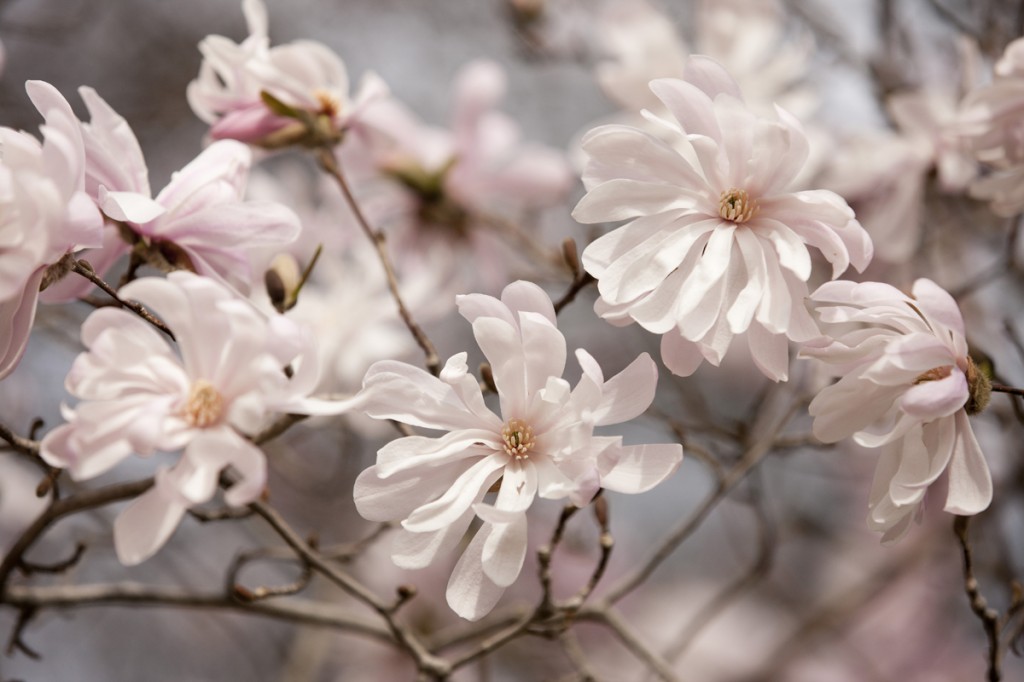
Magnolia stellata ‘Waterlily’ along Magnolia Way – Photo by Ivo M. Vermeulen
Posted in Gardening Tips on April 21 2014, by Sonia Uyterhoeven
Sonia Uyterhoeven is the NYBG’s Gardener for Public Education.
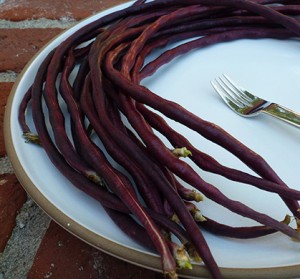
What does a bean with a good imagination look like? If you’ve got the same tastes as Dr. Seuss then the ‘Red Noodle’ Bean or the ‘Yard-Long bean should be right up your alley. We have grown the former for several years in our vegetable garden, and usually just eat it straight off the vine—it’s so sweet and tasty. But it stays crunchier if you cook it, whether stir fried or steamed. Boiling, however, isn’t recommended—these beans get water-logged and tasteless.
‘Red Noodle’ (Vigna unguiculata) is, as the name suggests, a burgundy red color. What is exceptional about the bean (aside from its brilliant color) is that its average size is 18 inches long. It looks more like a jumbo Twizzler than anything you’d normally call a healthy bean. And, like most beans, the smaller, slender ones are the most tender—try to harvest when they are about 12 inches long and still slim.
Posted in Around the Garden on April 21 2014, by Matt Newman
We’re getting out ahead of the spring warmth. Time for the post-winter whitewash on the Conservatory dome!
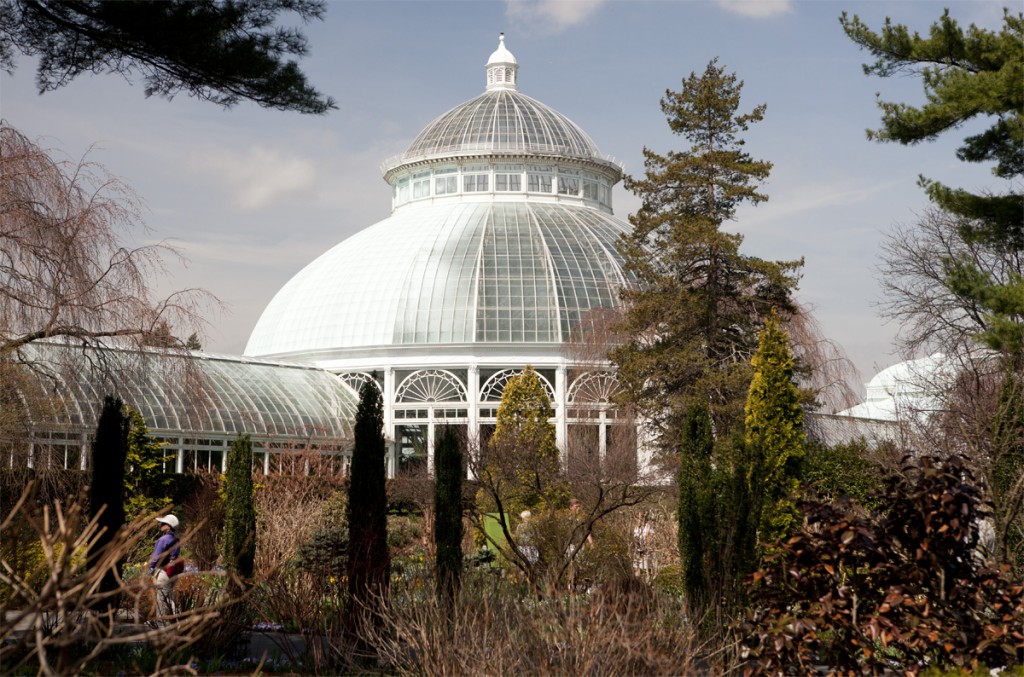
Enid A. Haupt Conservatory – Photo by Ivo M. Vermeulen
Posted in Photography on April 19 2014, by Matt Newman
Myrobalan plum (Prunus cerasifera var. divaricata) near the Mosholu Gate – Photo by Ivo M. Vermeulen
Posted in Horticulture on April 18 2014, by Jaime Morin
Jaime Morin is The New York Botanical Garden’s Assistant Curator in horticulture. She works with the plant records and curation teams to help keep the garden’s information on its living collections up to date. She also oversees the details of the garden’s Living Collections Phenology Project.
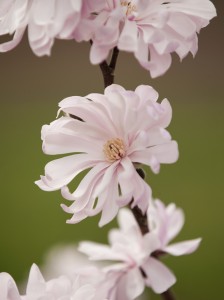
Late last week I brought a group of new Living Collections Phenology volunteers through the magnolia and oak collections just as the plants began hinting at spring. Of the earliest flowering species, the star magnolias (Magnolia stellata) were beginning to show off their crisp white flowers and the rarer Zen’s magnolia (Magnolia zenii) was in full flower, showing gorgeous pink watercolor streaks at the base of its tepals.
This week the magnolias are really strutting their stuff at The New York Botanical Garden. It is amazing how much things can change over the weekend! By this Monday the many saucer magnolias (Magnolia × soulangeana) in the collection were revealing their newly opened flowers and they continue to get prettier by the day.
Though you can’t go wrong with any of the magnolias here at the Garden, my favorite plant is one of the kobus magnolias (Magnolia kobus). We have a fantastic specimen just north of the Visitor Center that I believe is unparalleled across our 250 acres. This particular plant, accessioned in 1940, is over 35 feet tall and 45 feet wide. Its fragrant white flowers cover its branches like thousands of small white song birds about to take flight.